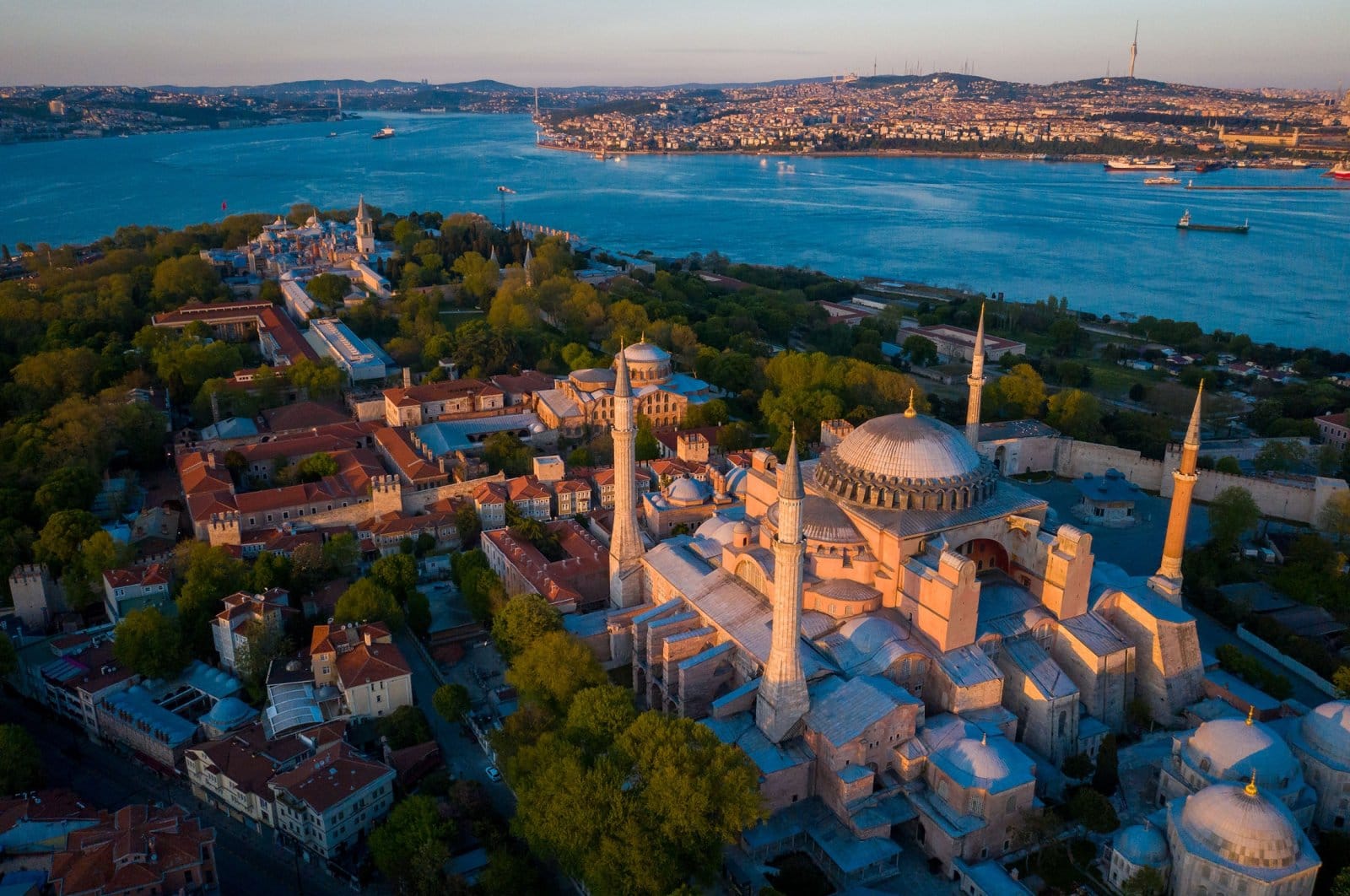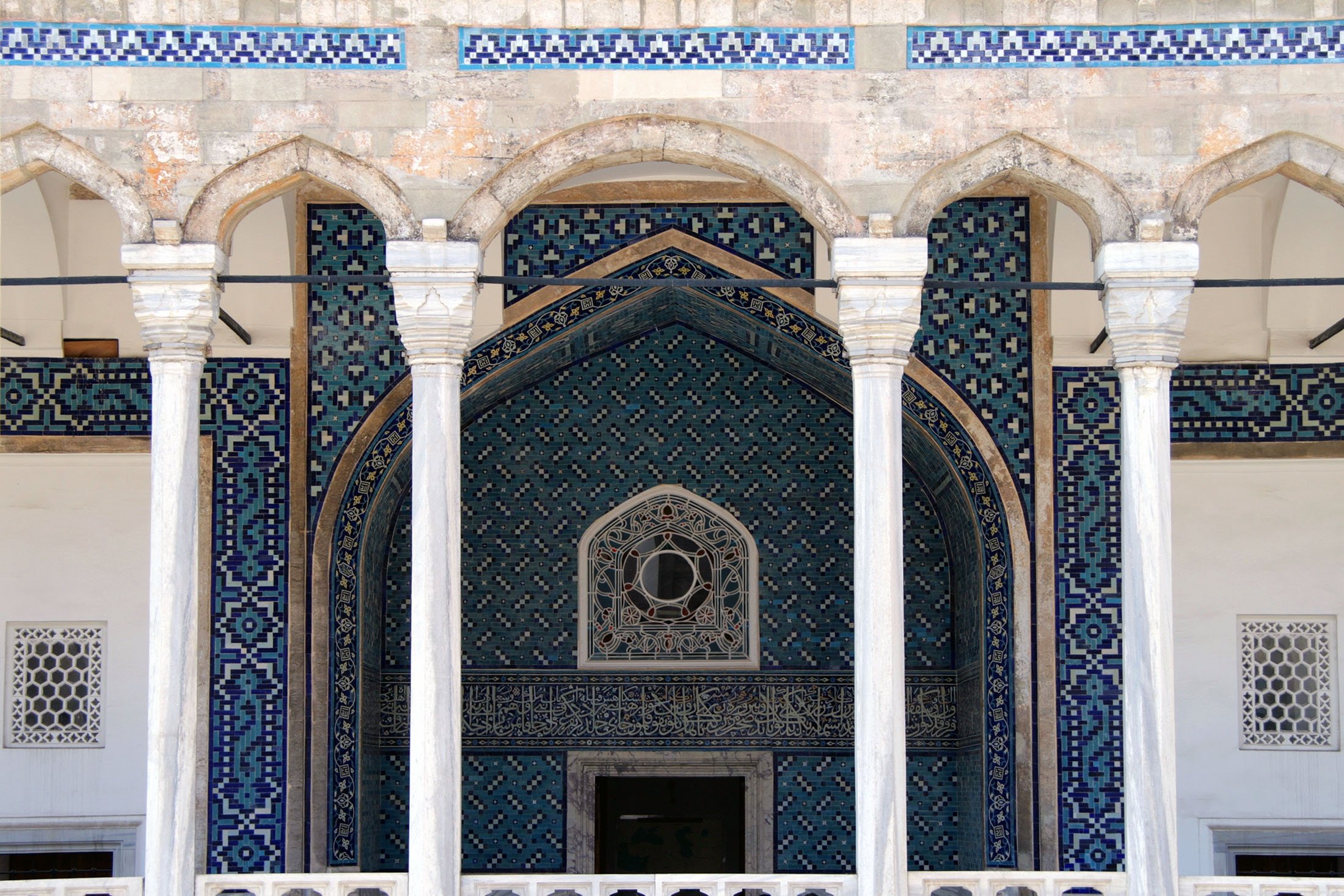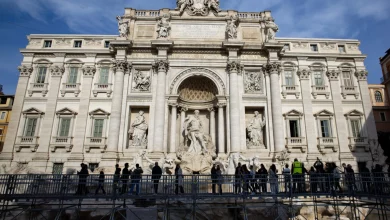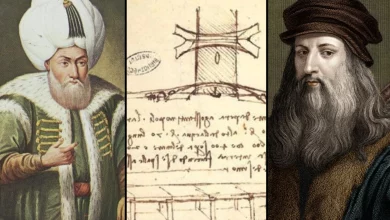Imperial heritage: Sultanahmet, historical peninsula of Istanbul
Explore Sultanahmet: Istanbul’s Historical Gems and Hidden Treasures

Today, I would like to tell you about Istanbul’s historical peninsula, Sultanahmet, with a full-day plan for those who may make a quick visit to Istanbul. You will breathe the historical atmosphere in this district, which is home to many historical structures within close distance of each other.
The district, which is on the UNESCO World Heritage List under Sultanahmet Archaeological Park – including the Hippodrome of Constantine, Hagia Sophia, Hagia Irene, Little Hagia Sophia and Topkapı Palace, hosts innumerable visitors from different countries every day.
While visiting these historical sites, which are very close to each other and within walking distance, you can relax in cafes with a historical atmosphere, sip your tea or Turkish coffee, and try delicious Turkish dishes.
Blue Mosque
Undoubtedly, one of the most majestic and important works of Sultanahmet is the Sultan Ahmet Mosque, also known as the Blue Mosque. The mosque, which was built by Ottoman Sultan Ahmed I in the 17th century, is one of the most beautiful architectural masterpieces of Istanbul and the world with its six minarets.
Iznik tiles in blue, green and white adorn the mosque, which was erected in 1617 by the architect Sedefkar Mehmed Agha. Inside the domes, there are decorations with a predominantly blue color. For this reason, the mosque is also known as the Blue Mosque.
The Blue Mosque is located inside a complex, which during the Ottoman Empire consisted of structures built for social purposes such as a madrassa, soup kitchen, a public fountain and library, which were built around the mosque at the same time. You can also visit these structures inside the complex.
Hagia Sophia
If there is a scene that comes to mind when Istanbul is mentioned, I think it is the silhouette of the Hagia Sophia Grand Mosque. Hagia Sophia noted as the eighth wonder of the world by most, is one of the must-visit places in Istanbul. Constructed in 537, Hagia Sophia was converted into a mosque by Ottoman Sultan Mehmed II after the conquest of Istanbul and was used as a museum from 1935 until 2020. It started to serve as a mosque again in 2020.
The Hagia Sophia Grand Mosque, one of the most important structures in the world in terms of art and architecture, is one of the most visited places in Sultanahmet, together with Topkapı Palace, by local and foreign tourists.
Topkapı Palace
Located at a position overlooking the Bosporus and the Golden Horn, Topkapı Palace is among the world’s greatest architectural works. It is also one of the richest museums. The palace, which was built after the conquest of Istanbul by Sultan Mehmed II, was used as the residence of Ottoman sultans and their families for 380 years. The palace, which was also the administrative center of the state, has many unique parts.
It would definitely be the subject of a separate article to describe Topkapı Palace in all its splendor.
You will witness all the details and Holy Relics from the Ottoman period in the palace where you will experience the excitement of walking into the center of an empire.

Turkish and Islamic Art
As its name suggests, the Museum of Turkish and Islamic Arts is where rare works of art from the Islamic world are exhibited, and it is located opposite the Blue Mosque. You should definitely visit this museum where invaluable Turkish and Islamic artifacts from carpets, manuscripts and miniatures to wood, glass, metal and ceramic objects are exhibited.
Basilica Cistern
The Basilica Cistern, which was built in the sixth century during the reign of Byzantine Emperor Justinian I to supply water to the palace, brought water from Belgrad Forest, 25 kilometers (15.5 miles) away, through aqueducts and tunnels at that time.
When you go to the end of the walking path in the Basilica Cistern, one of the most magnificent historical sites of Istanbul, two Medusa heads placed upside down will greet you. The Medusa statues, whose origin is unknown, look quite mysterious with background music and under dim lights. Concerts and events are held today in this cistern, where 336 marble columns rise and offer an impressive ambiance and a completely unique atmosphere.
Apart from the historical buildings I mentioned above, you can add to your list the Soğukçeşme Street. Arasta Bazaar, Istanbul Health Museum. Ibrahim Pasha Palace, Hagia Irene Museum, Gülhane Park and the Islamic Science and Technology History Museum.
Of course, I would like to offer you another great suggestion, considering that you will be hungry after such a long day.










